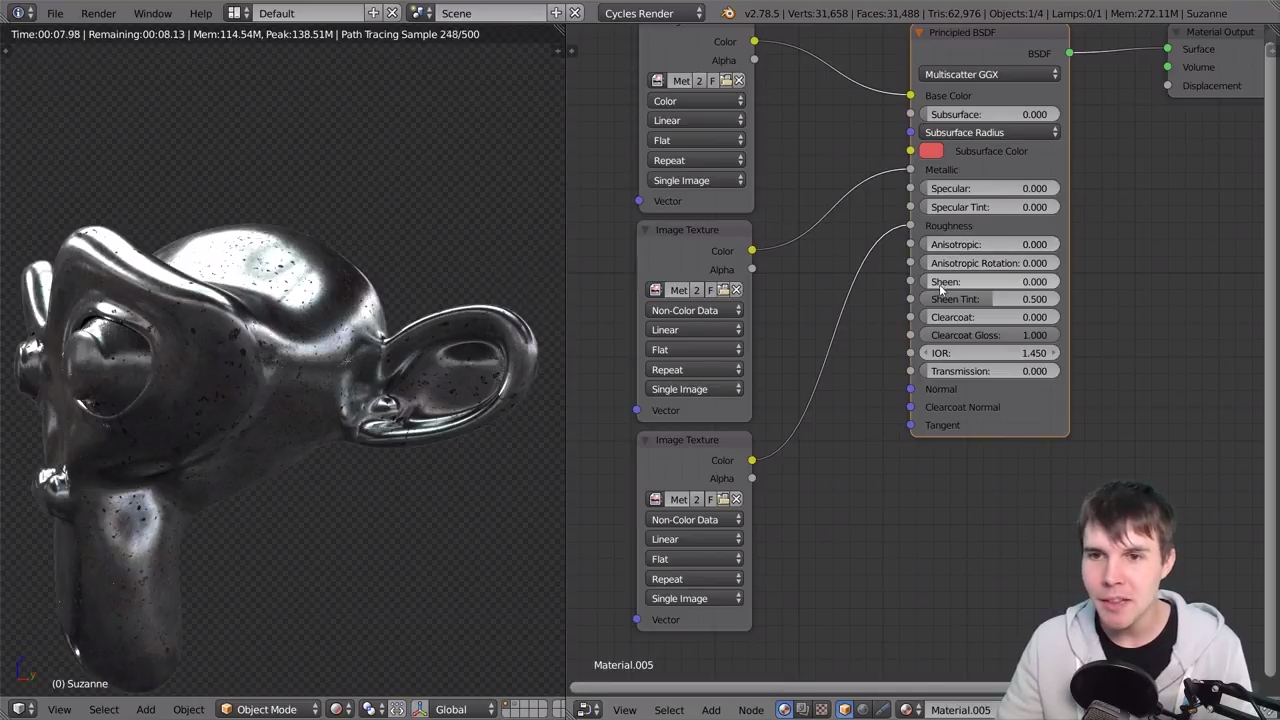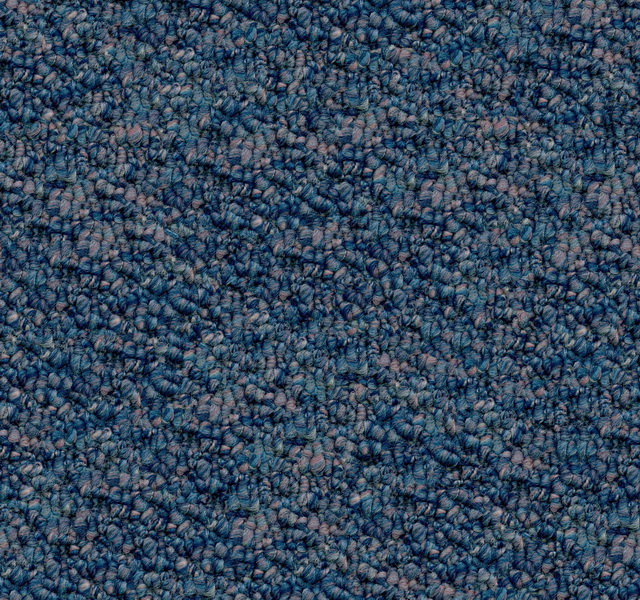
This is useful, for example, when a mesh is deformed by modifiers. Stress Uses the difference of edge length compared to original coordinates of the mesh. You will need this input when Environment Mapping. This is useful for adding reflection maps. Reflection Uses the direction of the reflection vector as coordinates.

This is very useful when creating certain special effects that depend on viewing angle. Normal Uses the direction of the surface’s normal vector as coordinates.

This is well suited to blending two objects. Window The rendered image window coordinates. Use when texture is applied to hair strands or particles. Strand/Particle Uses normalized 1D strand texture coordinate or particle age (X) and trail position (Y). You can use multiple textures with one set of UV coordinates. This mapping is especially useful when using 2D images as textures, To the plane on which it is operating on. You can almost think of UV coordinates as a mapping that works on a 2D plane with its own local coordinate system UV mapping is a very precise way of mapping a 2D texture to a 3D surface.Įach vertex of a mesh has its own UV coordinates which can be unwrapped and laid flat like a skin. This is the default option for mapping textures. Generated The original undeformed coordinates of the object. This object can also be animated, to move a texture around or through a surface. This is an easy way to place a small image at a given point on the object. Uses an object as source for coordinates. It can be useful for letting objects appear or disappear at a certain position in space.

If you move the object, the texture moves across it. Global The scene’s global 3D coordinates. These coordinates can come from anywhere, usually the object to which the texture is being applied to. Mapping works by using a set of coordinates to guide the mapping process.


 0 kommentar(er)
0 kommentar(er)
